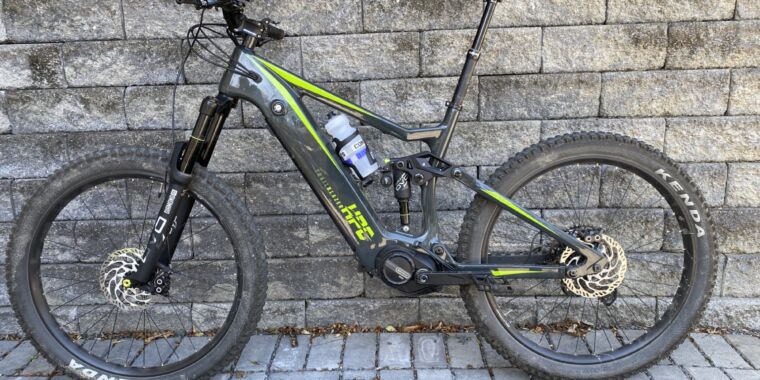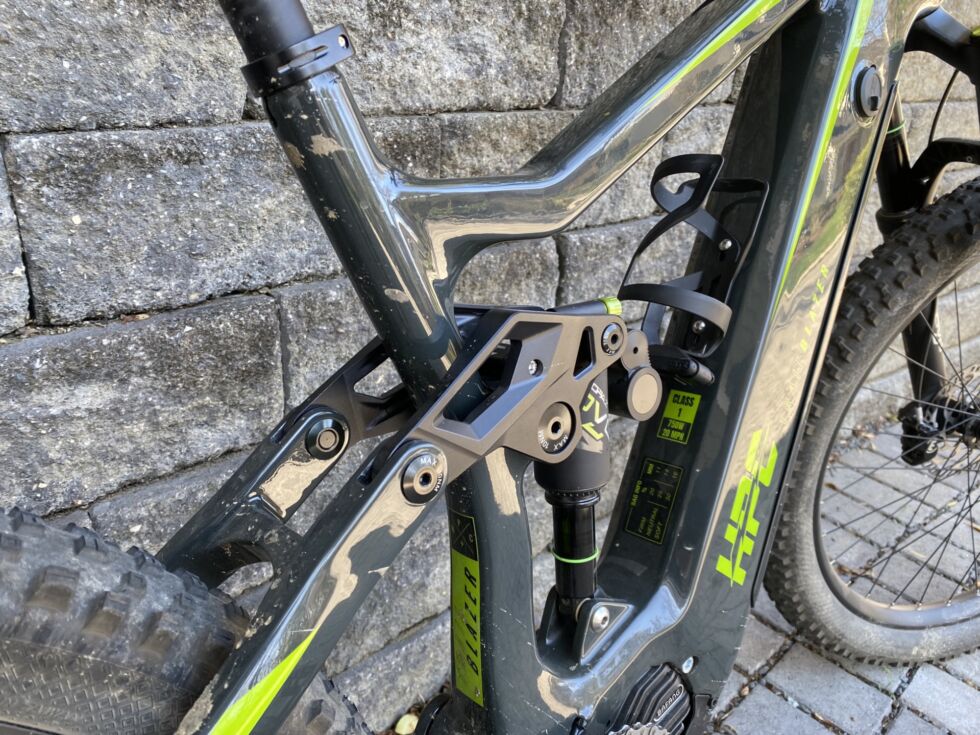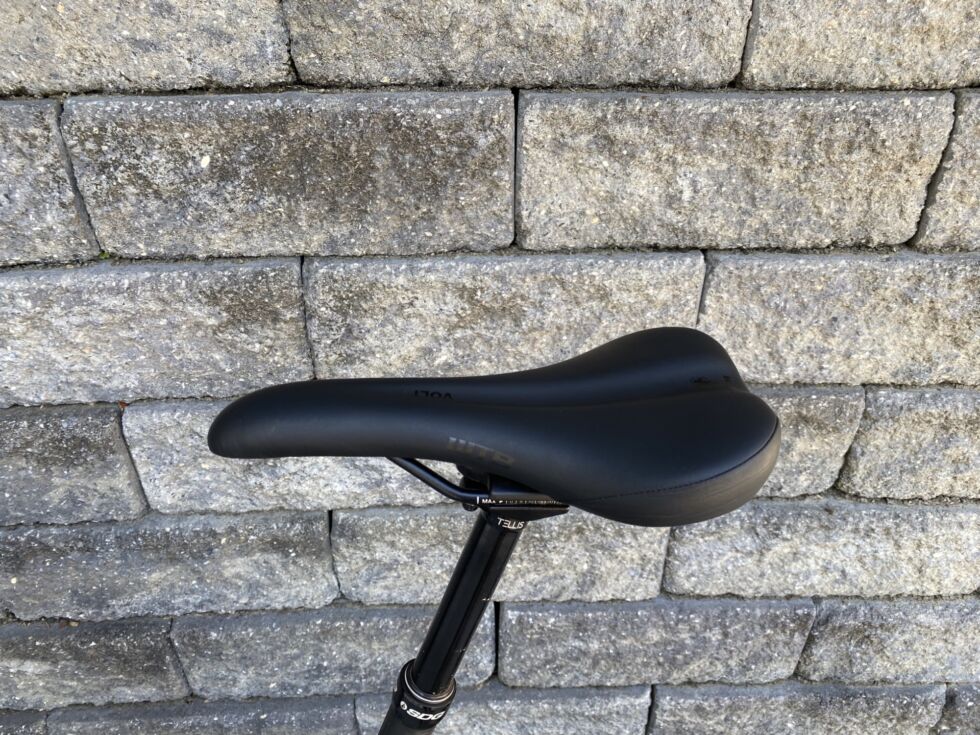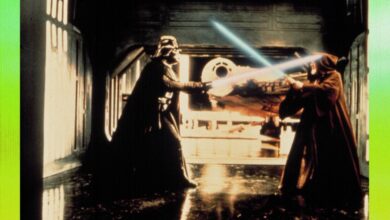Unleash the beast: High Performance Cycle’s electric mountain bike


John TImmer
I found myself in the air long enough to give some thought to how I could land while remaining atop the bicycle I had been riding the instant before I hit the jump. Based on similar experiences while skiing, I immediately recognized that this invariably meant very bad things. A few seconds later, as I was brushing dirt out of the abrasions I had just picked up, I contemplated where I had gone wrong.
Once again, I had misunderstood HPC’s Trailblazer e-mountain bike. Doing so had become a feature of the time I spent using the bike.
The Trailblazer looks like a solid, hefty beast of a bike (that’s not an insult—I got compliments on its looks while taking a train to some trails). It’s covered with components that are likely to be unfamiliar to people who know the default sets that come with bikes from large manufacturers. But if you do some research on the components, you realize that the Trailblazer was specced by someone with deep knowledge and fairly particular tastes. And the ride the bike provided has some surprisingly subtle qualities that took me a while to adjust to.
Spare parts
High Performance Cycles offers two models of Trailblazer, the base and the Pro, and both have the same carbon fiber frame. They differ almost entirely based on their components, with the Pro having mostly top-of-the-line material befitting its $9,000 price tag and the base model costing $6,400 for very-good-but-still-a-step-down level components. You can increase the price of either by purchasing more capacious batteries, faster chargers, lights, or even an internal geared hub. (Note that the company has just updated the specs for 2024.)
You can also pay to boost the motor to one capable of speeds that will make you a danger to yourself and others, which will also make the bike illegal to use on anything but private property. Let’s get one thing out of the way here: Making an e-bike that can reach 65 km/hr (40 mph), as some Trailblazer configurations can, is a mistake. But HPC sent me the low-end model that behaved as a standard Class 1 e-bike, with a maximum speed of 32 km/hr (20 mph), so that’s what this review is about.

John Timmer
Most of the components you’ll find on mountain bike frames come from just a handful of manufacturers. And HPC relies on some of them (notably SRAM drivetrains). But smaller design companies stay afloat through a combination of replacements for broken parts, tempting people with upgrades, or offering some specific features that aren’t well-served by the more generic designs of major manufacturers. The Trailblazer leans heavily into those.
For example, the tires come from Kenda and have a reputation for great grip at the expense of high rolling resistance—a drawback that matters less when you have an electric assist. The forks and shocks come from a company called DVO and have an adjustment that, based on what I’ve read, should help compensate for the added weight of the hardware. Bafang, which provides the motor, isn’t a household name, but it’s a major player in electrified cycling. I’d already identified the WTB Volt as a highly rated saddle and was pleased to find one on the bike to try out. I could go through the rest of the bike’s specs and say similar things about the other components.

John Timmer
Overall, the parts list felt quirky, and it might give someone who’s expecting big names some pause. But every component I looked into had some features that made it a good (or at least interesting) choice for an e-mountain bike.
Source link




